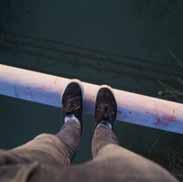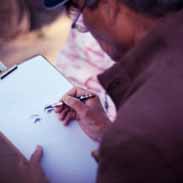Early Modern Era Flashcards, test questions and answers
Discover flashcards, test exam answers, and assignments to help you learn more about Early Modern Era and other subjects. Don’t miss the chance to use them for more effective college education. Use our database of questions and answers on Early Modern Era and get quick solutions for your test.
What is Early Modern Era?
The Early Modern Era (1450-1750) marked a period of great change in the lives of people across the globe. This era saw the peak of European exploration, colonization and exploitation across much of the world, as well as advances in science and technology. It was a time in which great trading empires rose to prominence, connecting Europe with Asia and Africa for the first time in history. It also saw major religious changes, as protestantism gained strength throughout Europe and elsewhere. During this era, global population increased at an unprecedented rate and many nations began to industrialize for the first time.The Age of Exploration was one of the most significant events during this period. Driven by economic incentives and technological advancements such as better ships and navigational tools, Europeans began to explore new lands around the world in search of trade routes, resources and new markets. This led to competition between nations that would eventually lead to colonialism with devastating effects on native populations who were often enslaved or exploited for their resources. Exploration also allowed merchants from Europe to connect with traders from Asia or Africa whom they had never before had access too, leading to an increase in global trade networks that benefited many areas economically but also brought diseases like smallpox or measles that killed millions around the world.The Protestant Reformation was another major event during this period which drastically changed European religion forever. Led by Martin Luther’s 95 Theses condemning some practices within Catholicism such as indulgences, it caused a rift within Christianity which eventually resulted in several different denominations including Lutheranism, Calvinism, Anglicanism among others becoming prominent throughout Europe. This religious upheaval led to much political unrest between states that had differing beliefs which ultimately resulted in wars like those fought between Catholics and Protestants during Germany’s Thirty Years War (1618-1648). The Scientific Revolution was another important development during this era which brought about drastic changes not only within scientific fields but also philosophy more generally speaking; this was largely due to influential figures like Galileo Galilei who challenged traditional Aristotelian views on motion among others things by proposing heliocentric cosmology models instead – something that would later be confirmed through further experimentation conducted by Isaac Newton amongst other notable scientists from this period.
















